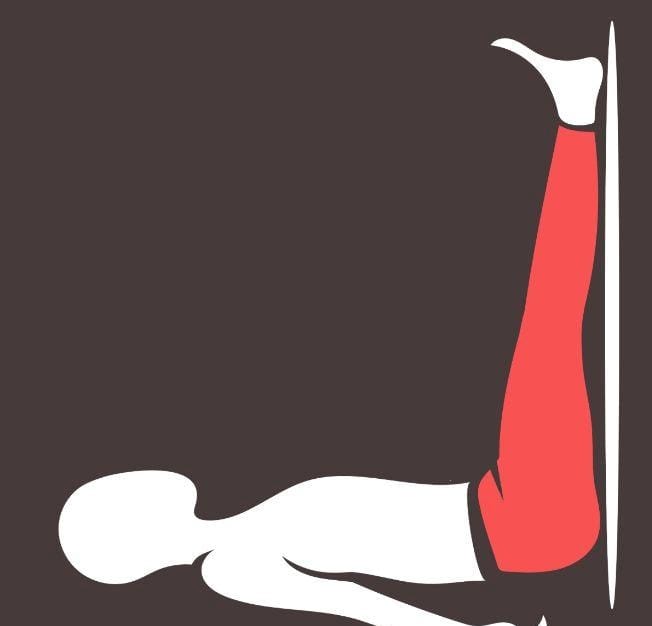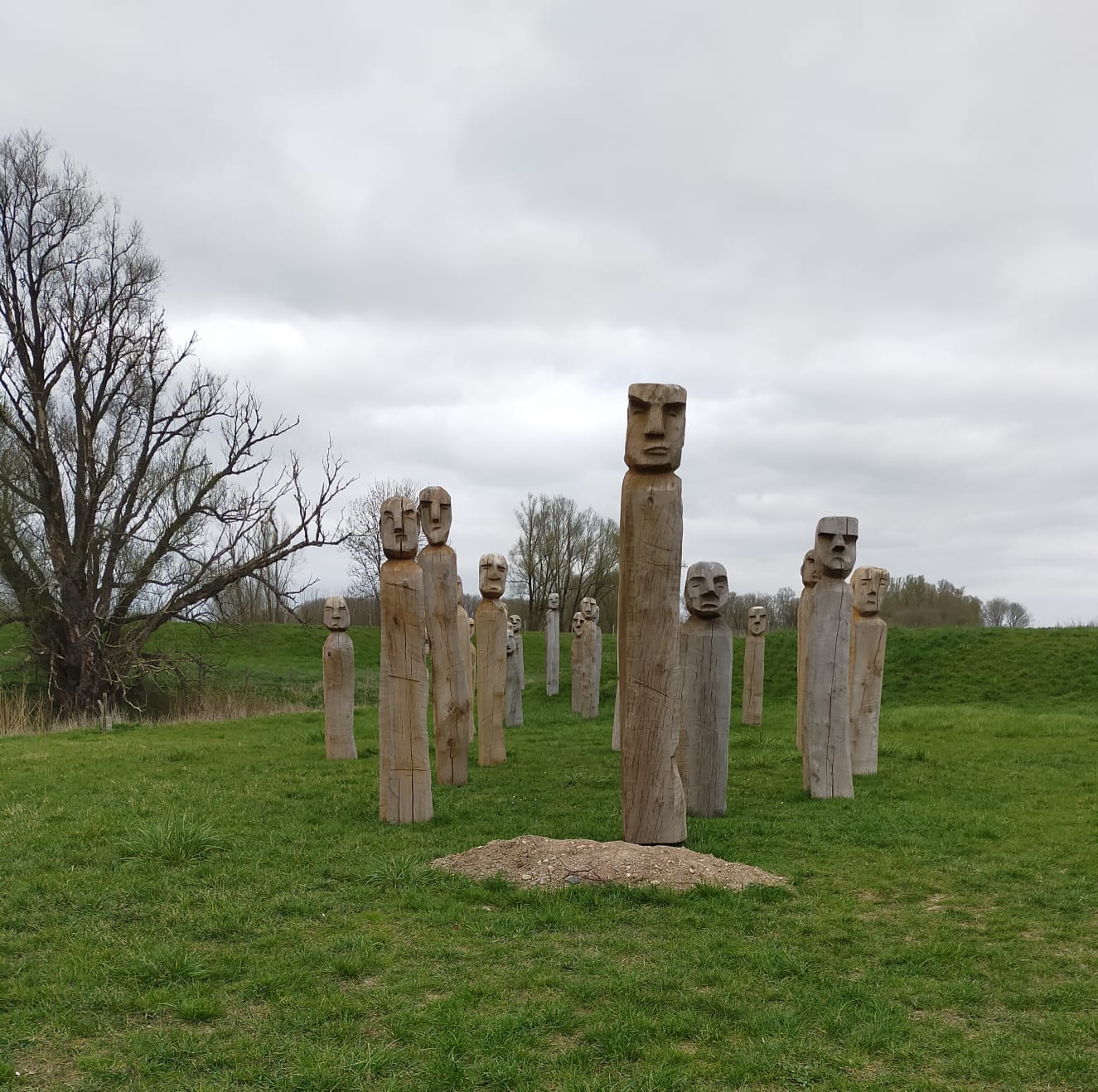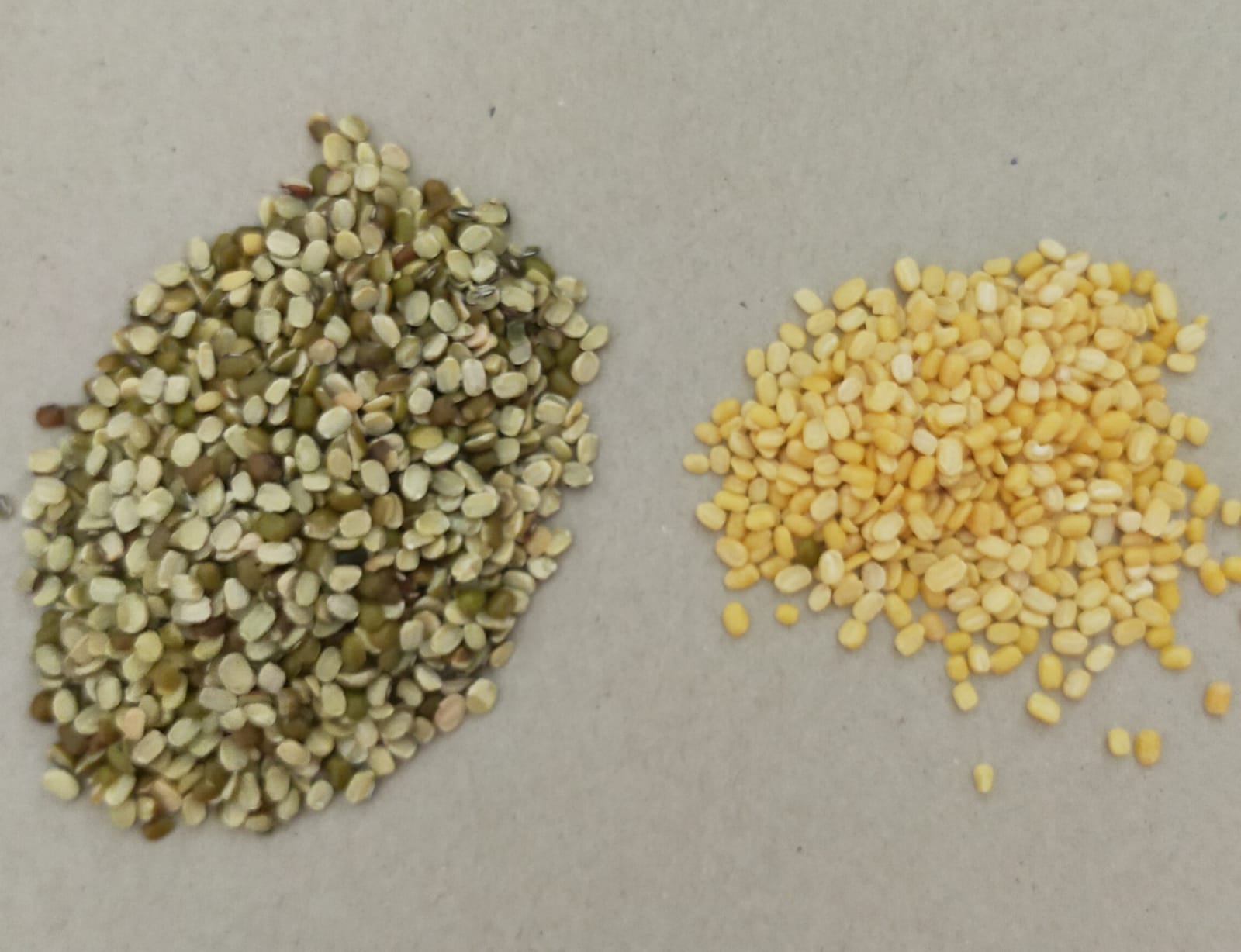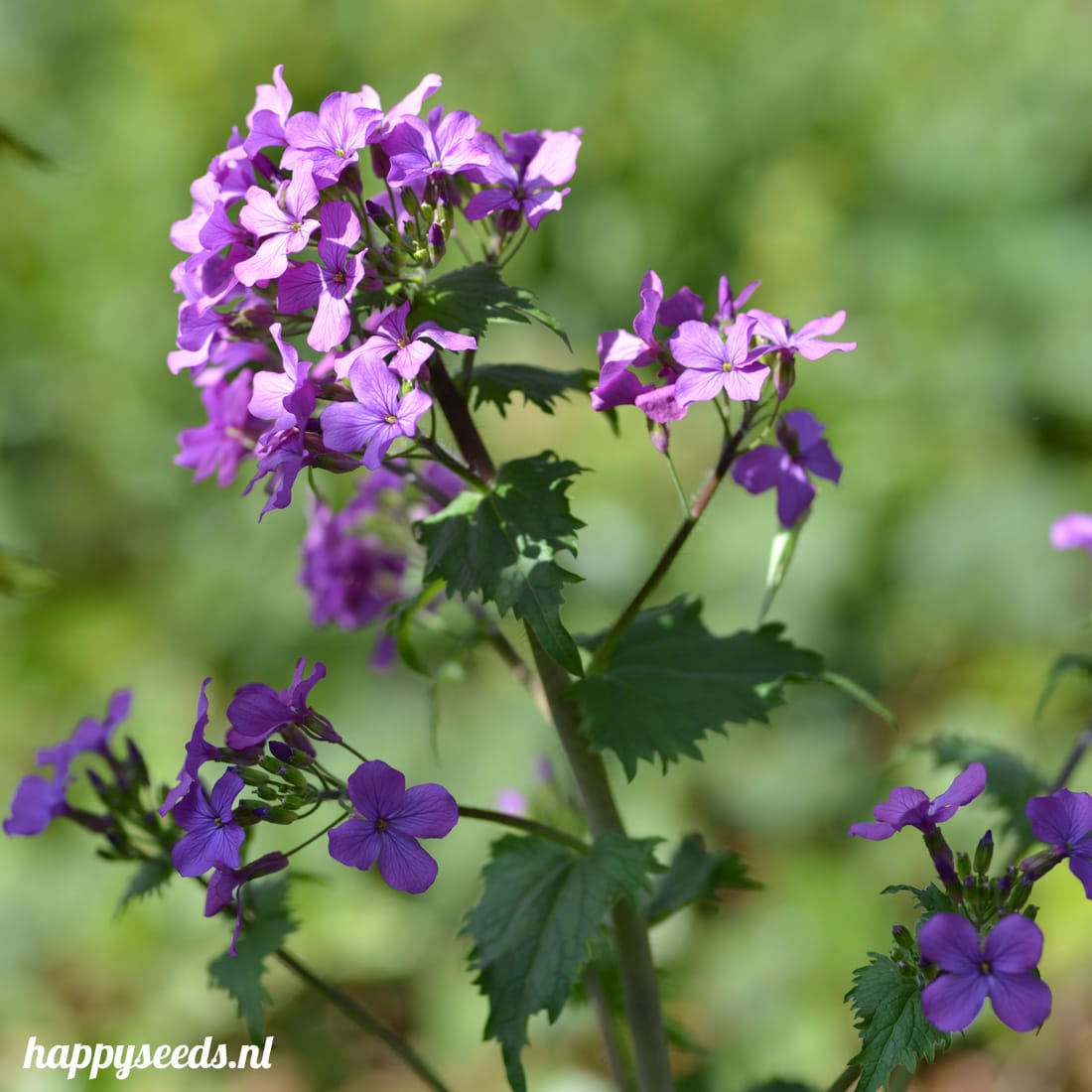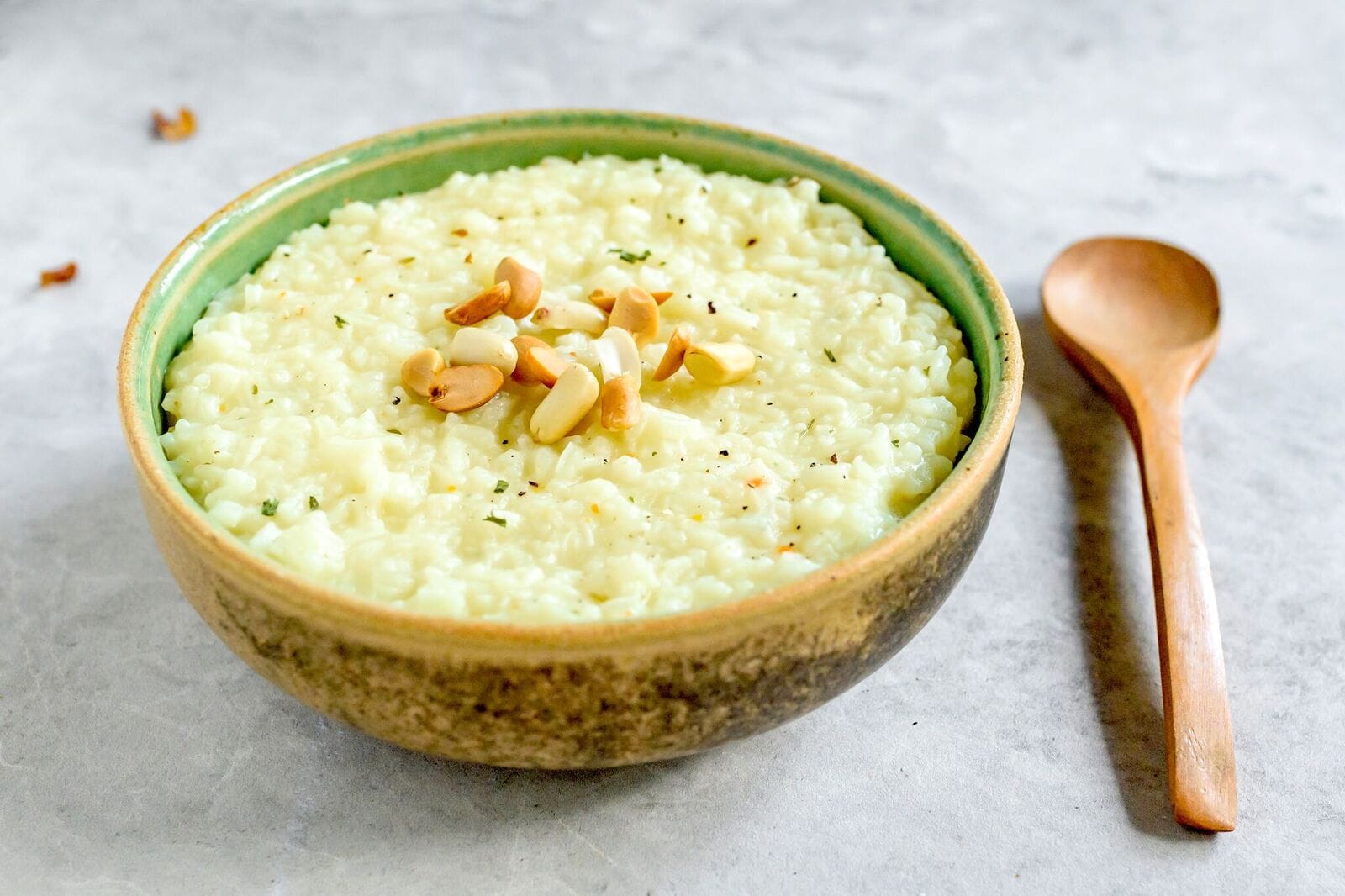Excuse me, what? Yes! Don’t click away now, because meditation is definitely not floating as some people still might think. Incorporating meditation in your daily life, might actually be the best thing you can do for your stress level and ultimately for your self development. So, this is another blog in the stress common thread. If you would like to start with meditation, I would recommend to find a good teacher/meditation group that speaks to your heart.
There are many forms of meditation, think of the active meditations designed by Osho. He believed that very busy Western people should first settle their busy heads before going into silence, and Eastern people needed to be activated. You can find those active meditations of Osho on YouTube, if you are drawn to it.
The following types of meditation come from Buddhism. The Buddhist approach is not to study Buddhism, but to study your own mind, your own (thought) processes and in doing that, you will slowly but surely get a more clear and uncoloured vision of your own life-experiences. In my own experience, meditation makes life easier, more aligned, more calm, more fulfilling and with more spontaneous surges of gratitude, just to fall back on this month’s special.
Tibetan Buddhism has Insight Meditation or also called Vipassana. Vipassana can be practiced sitting, standing or lying down. I would not recommend to start with lying down, since you might fall asleep. This form of meditation absorbs the environment. For example, when you are sitting in meditation and you hear a bird tjirping, you say in your head ‘hearing’ or ‘bird’ without judgement and meditate on. When you feel pain somewhere, you say ‘pain’ in your head, let it go and meditate on. And so on and so forth.
Then there is Tonglen. Tonglenalso comes from Tibetan Buddhism and I truly love it! In this meditation you imagine the suffering of other people and then breathe it in. At the exhalation, happiness or love is visualized and returned to those others.
Zen Buddhists practise Zenmeditation. For this meditation you sit up straight, your eyes are half open, focussed on a certain spot before you on the floor. Now focus on your breath; count your breaths. Everytime a thought passes by that tries to distract you, let it pass by and gently bring your awareness back to counting your breath. The keyword is gentle. Don’t beat yourself up when thoughts come, instead celebrate everytime the gap between thoughts gets a little wider. It’s about making space in your head, so there will eventually be more space for your heart quality.
Walking meditation or also called Kinhin, is done in Zenbuddhism for alterning sitting periods. You walk, very slowly, on the rhythm of your breathing. The movement will be beneficial for your bloodflow.
Hara training is a form of meditation I practise often too. When you are in the learning phase, you best start with sitting down, a straight line from tailbone to your crown. Now inhale deeply. When you start exhaling, pull up your pelvic muscles and pull your navel to your backbone. Keep this tension for some time. When you start inhaling, relax your pelvic muscles and then your abdominal muscles slowly. Repeat a few times. You will notice that your belly will warm up nicely and your internal organs will benefit from the increased bloodflow. Eventually, you can practise lying down or standing up.
Everyting, every object, every action can be a meditation, when it is done with awareness /mindfulness. Awareness or mindfulness is the opposite of multitasking and brings a totally different quality to your life.
Meditation is not about wiping out your thoughts or feelings, but becoming more aware of them and when the jumble of thoughts becomes calmer, the nervous system can settle down and so will your stress hormones.
Whatever form of meditation you feel drawn to and/or practise, at first it might be about lowering your stress levels, but in the end it is all about taking life exactly as it comes, it’s about opening yourself up to life. It is about welcoming the unwelcome, connect with it and be with it, stay with it, however uncomfortable, instead of resisting, avoiding or burying it. Resisting, avoiding or burying are survival mechanisms which cost a lot of energy.
I guess the question is: do you want to survive life, by running, hiding and trying to keep things as they are (which is impossible anyway since life is ever changing) or do you want to fully live and embrace this precious life and experience the change in every moment? It is up to you. Feel free to let me know in the comment section or by hitting to contact button.
Myoki
